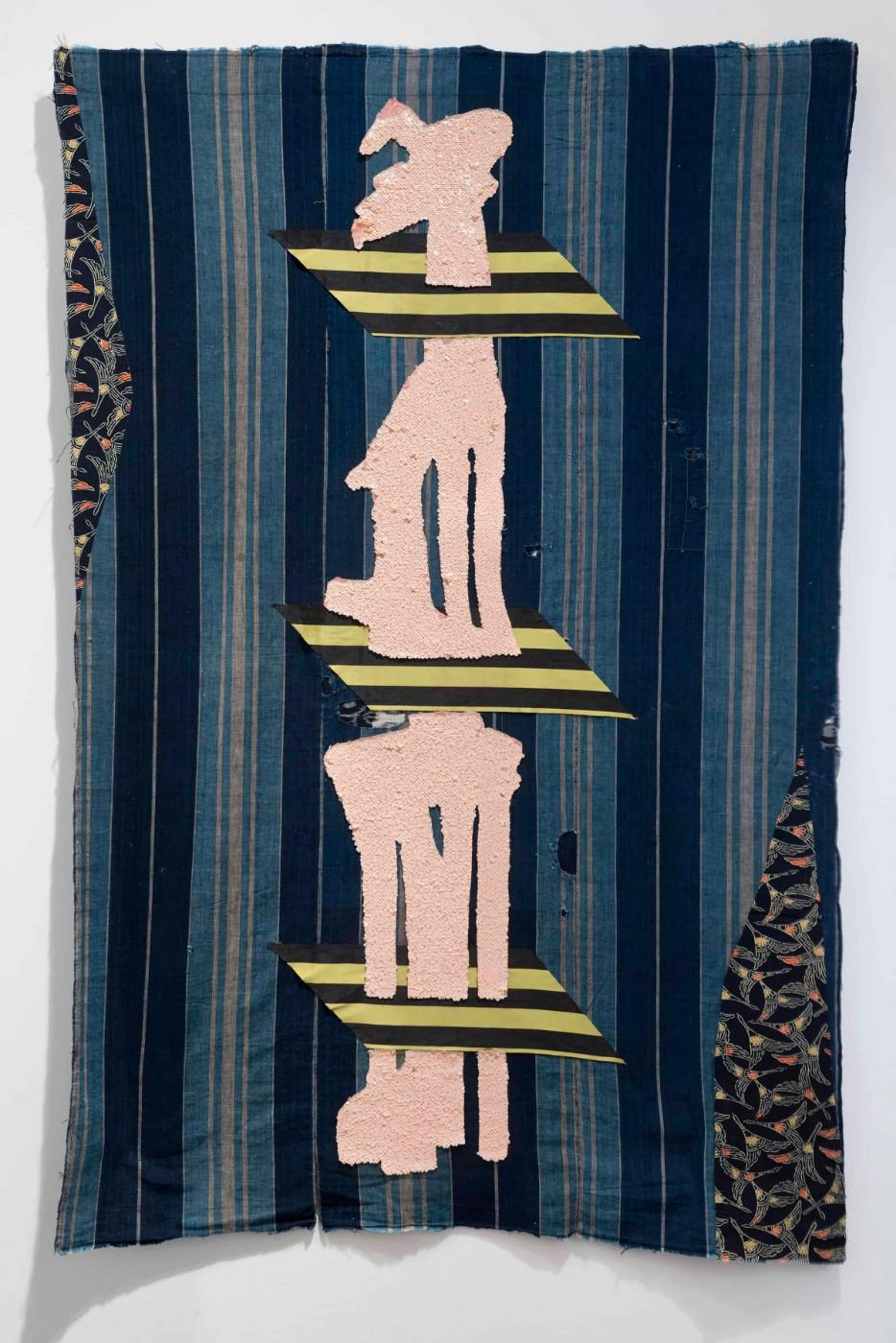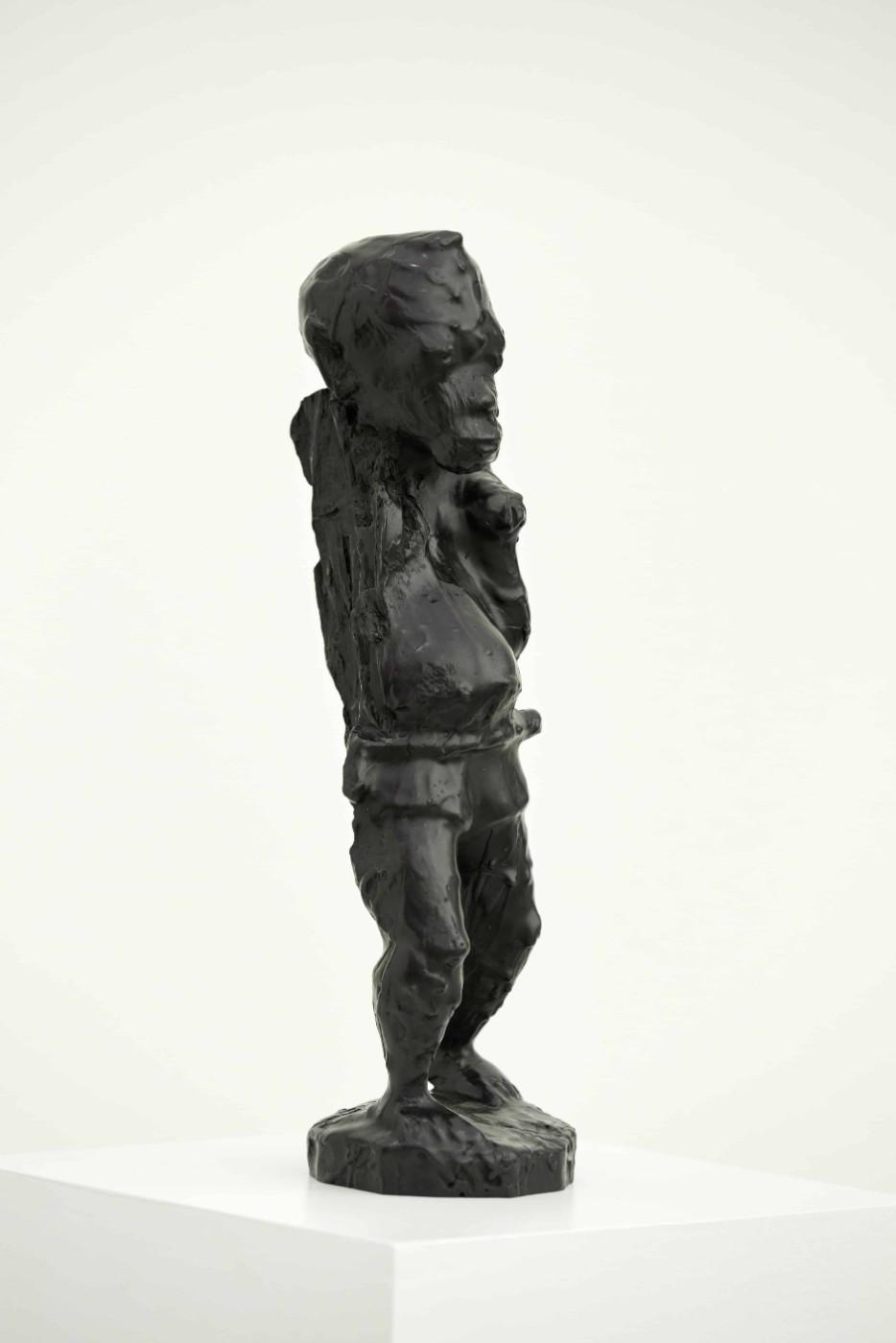“Sanford Biggers is in a category of his own as an artist, and that’s one of the reasons we are so thrilled to have his work here on the UW campus,” said Amy Gilman, Ph.D., director of the Chazen. “By illuminating–and questioning–the historical memory of certain traumatic moments in our country’s past, he is seeking a greater understanding of the forces that make such moments possible. His work encourages viewers to make up their own minds about what they see, which matches the Chazen’s own hopes for visitors to our museum.”
Biggers’ BAM series begins with his varied collection of wooden African sculptures. He coats each figure with a layer of wax, then takes it to a shooting range, where it is “sculpted” using various caliber firearms. The figures are then cast anew in bronze, giving them an elevated status as “power objects.” He renames each after a victim of brutality–in this exhibition sculptures are named after Sandra Bland, Michael Brown, Terence Crutcher and Jordan Edwards–imparting idiosyncrasy into the newly revitalized figures. The multi-channel video installation Infinite Tabernacle features images of the original wooden figures being riddled with bullets, as well as the playback of the ballistic sculpting in reverse and at different speeds.
The exhibition will also feature several of Biggers’ quilt “paintings”. To create them, he acquires and alters antique quilts, calling the resulting artworks paintings. Each painting on view includes an image of an African figure; in two instances, the images directly represent the Seated Warrior sculpture that will be on display in the lobby. In contributing his own imagery to these often encoded patchwork quilts, Biggers, in effect, collaborates with the unknown quilters and forms a dialogue between them, himself, viewers, the past and present.
Sanford Biggers will be on view through June 28-Sept. 22, 2019, and like all Chazen Museum of Art exhibitions and programs, is free and open to the public. No tickets are required.



























